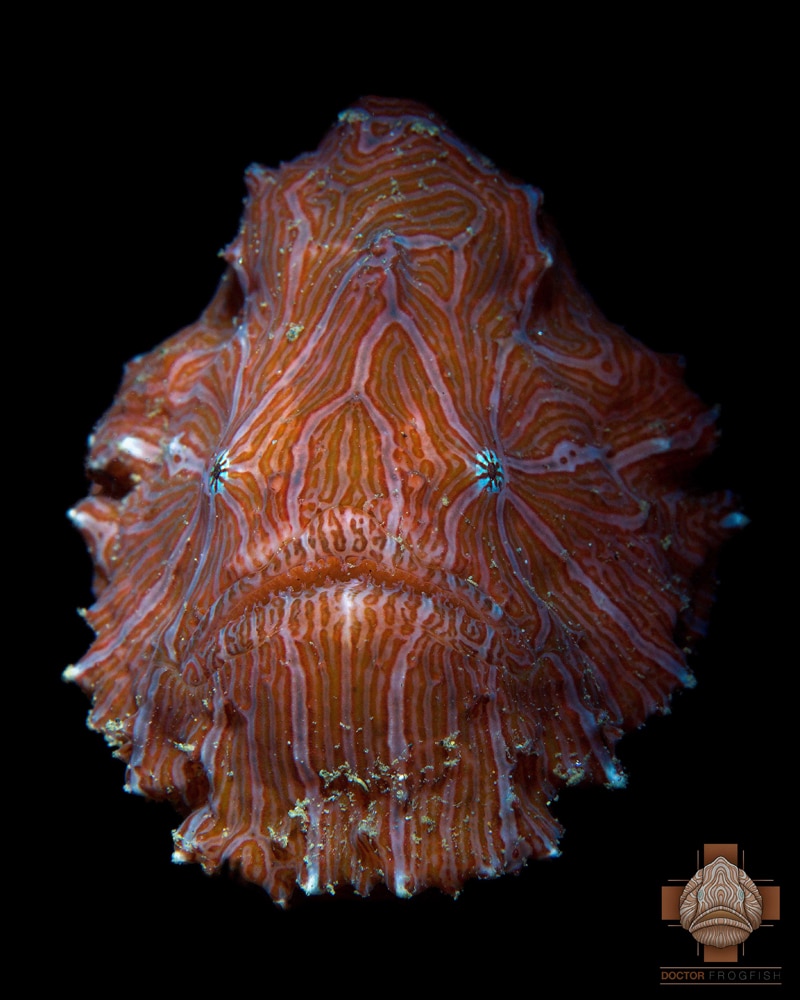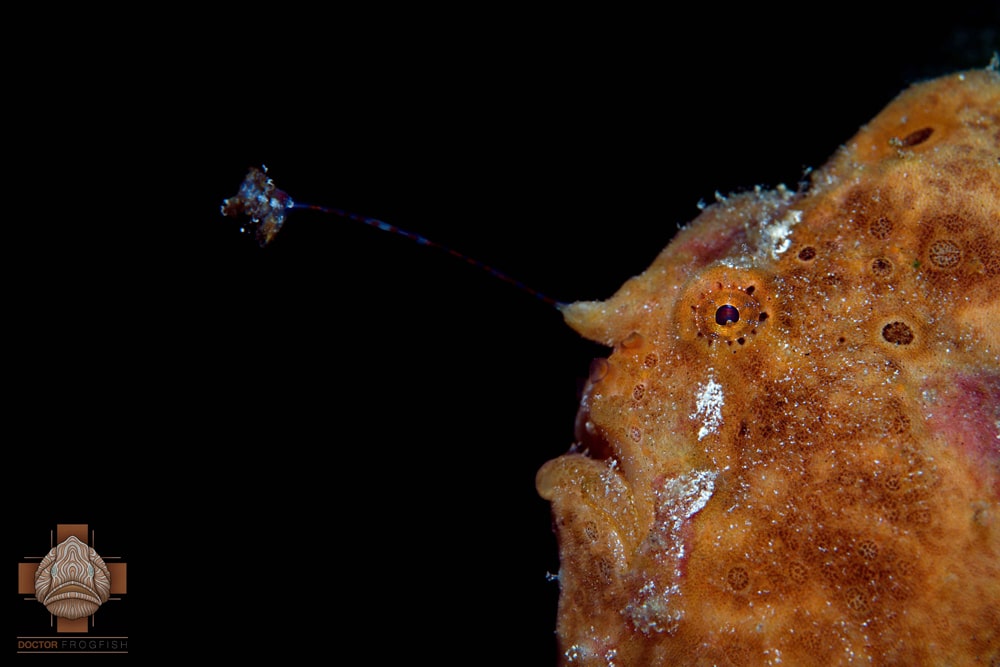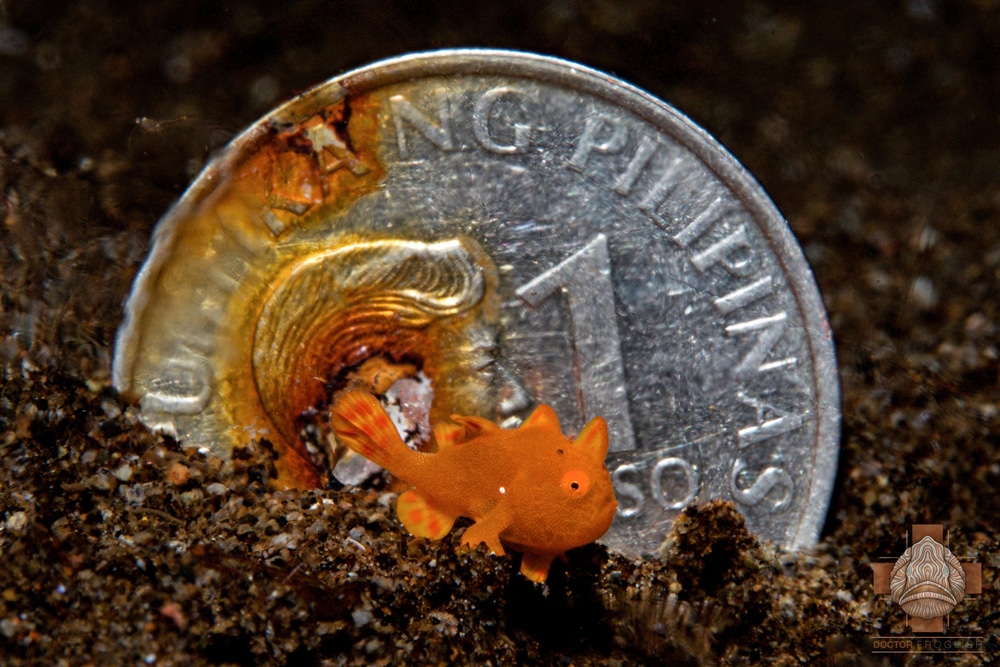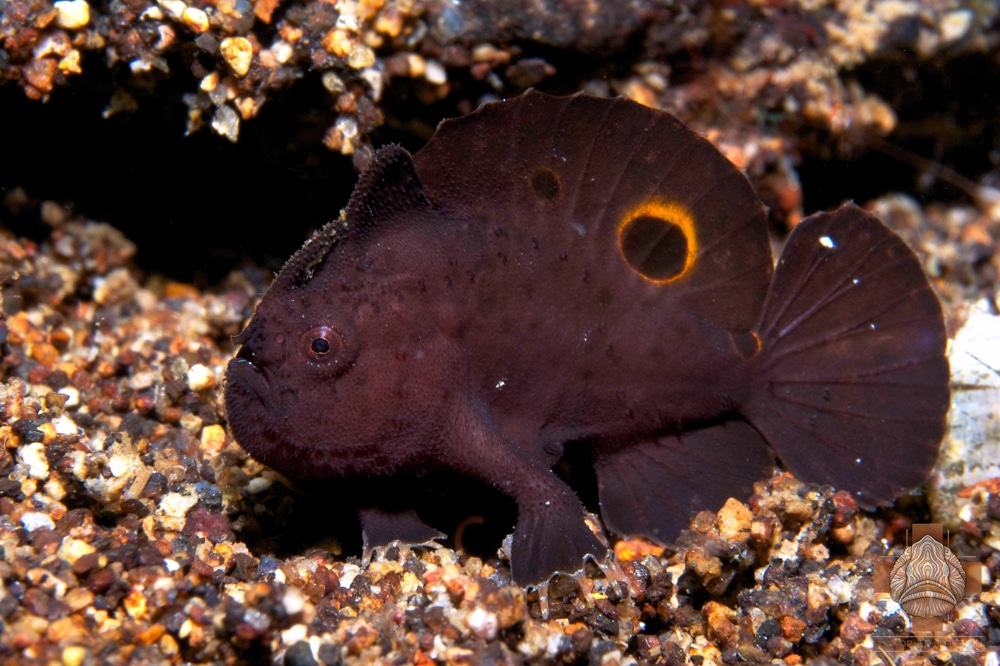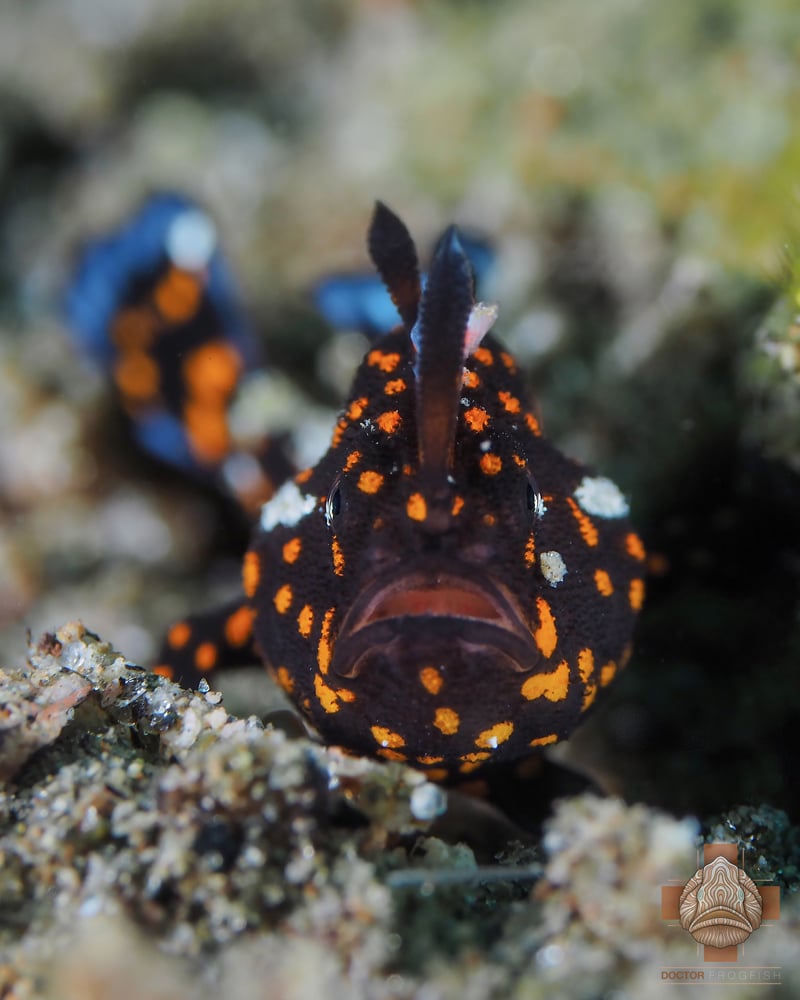Photo / Video News & Reviews
Scubaverse Underwater Photographer Interview: Daniel Geary
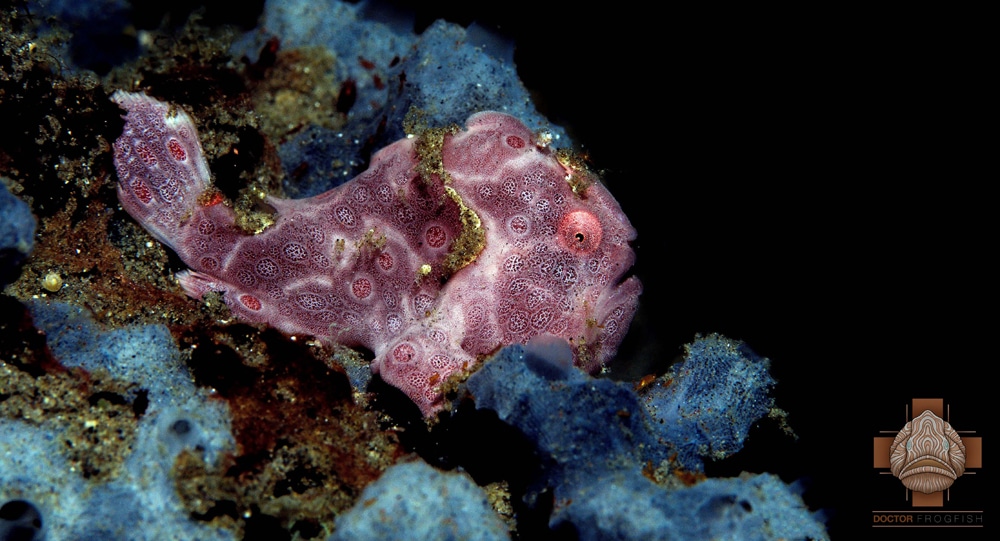
In an ongoing series, Scubaverse’s Underwater Photography Editor Nick Robertson-Brown talks to underwater photographers from around the world that he admires. In this blog: Daniel Geary…
 Daniel was born and raised in Orlando, Florida, fostering a love of the ocean since he was born. He has been diving for about ten years. After falling in love with the Philippines after his first visit, he moved there full time about five years ago and is currently based in Dauin, Philippines. Daniel teaches an exclusive PADI Frogfish Specialist Course with Atmosphere Resorts. He has won First Place in the Philippines-wide SNUPs Underwater Photo Contest, as well as Honorable Mentions in the OceanArt Competition and the Beneath The Sea Imaging Competition. He has had photos and articles published in Sport Diver Magazine, the Undersea Journal, EZDive Magazine, and online at DivePhotoGuide. His latest published photograph was the cover photo of the December 2017 quarterly edition of the Copeia Scientific Journal. He is on a quest to see as many frogfish species as possible and his current count is at least 17. Formerly photographing as Mean Guign Photography, Daniel can now be found on facebook and instagram under the name Dr. Frogfish, as well as the still-under-construction www.doctorfrogfish.com. For a portfolio of his photography over the past few years, you can check out www.meanguignphotography.com.
Daniel was born and raised in Orlando, Florida, fostering a love of the ocean since he was born. He has been diving for about ten years. After falling in love with the Philippines after his first visit, he moved there full time about five years ago and is currently based in Dauin, Philippines. Daniel teaches an exclusive PADI Frogfish Specialist Course with Atmosphere Resorts. He has won First Place in the Philippines-wide SNUPs Underwater Photo Contest, as well as Honorable Mentions in the OceanArt Competition and the Beneath The Sea Imaging Competition. He has had photos and articles published in Sport Diver Magazine, the Undersea Journal, EZDive Magazine, and online at DivePhotoGuide. His latest published photograph was the cover photo of the December 2017 quarterly edition of the Copeia Scientific Journal. He is on a quest to see as many frogfish species as possible and his current count is at least 17. Formerly photographing as Mean Guign Photography, Daniel can now be found on facebook and instagram under the name Dr. Frogfish, as well as the still-under-construction www.doctorfrogfish.com. For a portfolio of his photography over the past few years, you can check out www.meanguignphotography.com.
NRB: How did your underwater photography start?
DG: I bought an Olympus Stylus Tough about ten years ago and used it while snorkeling. I brought it with me when I travelled to the Philippines for two months, roughly seven years ago, and realized that I had the bug and needed to upgrade and have been photographing ever since.
NRB: What is your favourite u/w camera equipment (past & present) & why?
DG: My favorite camera equipment would have to be my old Olympus EPL-5. I currently use an Olympus OMD EM5, Mark II, but the Olympus EPL-5 is what made me realize how much I really enjoyed underwater photography. This was the first camera I owned that allowed me to shoot using fully manual settings and a dedicated 60mm macro lens. I love that it is a little bit bigger than a compact camera, but gets shots that are comparable to much more expensive, and bigger, DSLR cameras.
NRB: What would be your advice to anyone new to underwater photography?
DG: You need to be a great diver to be a great photographer, and you need to understand the camera you are using. Too many times I see people who have a massive DSLR rig and few dives and don’t understand why they can’t get photos like the ones they saw on facebook. Buoyancy is incredibly important, without it your photos will suffer. I don’t lie on the ground when I photograph, like many photographers, instead choosing to contort my body into weird positions to get the shot I want – impossible without good buoyancy. As for equipment, start with something small, like the Olympus TG-5 or 6, that you can build upon. I always suggest the TG-5 or 6 because it has an internal flash that is powerful enough to use for macro on its own, but can be expanded with additional external strobes and lenses or dome ports. If you buy a big rig, BUY FLOATS. A neutrally-buoyant camera is so much easier to use than a camera that sinks like a rock. I teach photo workshops and one of the biggest reasons my students are having trouble is that their camera rig is too heavy underwater.
NRB: What, or who, has been your single biggest inspiration for your underwater photography?
DG: My single biggest inspiration, animal-wise, for my underwater photography has been the weird and wonderful frogfish. I love introducing people to this fish who have never heard of it, or who don’t know much about it, and I am always inspired to try and show rare behaviors, color variations, or species to a bigger audience. My biggest inspirations, person-wise, are the people that are champions for the critters, those that are not afraid to speak out about the lack of ethics that is evident in the age of photographer on social media. Alex Tattersall, Markus Roth, and Saeed Rashid, three photographers who are vocal about ethics in underwater photography, come to mind.
NRB: What image are you most proud of and why?
DG: The image I am most proud of is my well known “Investment Opportunity” shot. It was a finalist in the OceanArt Competition in 2017. I’m proud of it because it is completely different from everything else you see out there and is my signature shot – a juvenile frogfish in front of a Philippine Peso coin. The coin has rust that matches the baby frogfish in the photo, it includes the location (Philippines) in the text of the coin, and it shows just how small these little critters are. It tells an entire story without needing an explanation. I have been photographing with a coin since 2014 and none of my shots have come close to this one in terms of composition.
NRB: Where is your favourite dive location, and is it for the photography?
DG: My favorite dive location is Dauin, Philippines. I have been diving here for seven years now and have made it my home for the past five years. It is great for photography because you have the macro heaven on the coast, more frogfish than anywhere else, but you can put on your wide angle setup and go photograph turtles, jacks, and sea kraits over at Apo Island, 30 minutes away. I also love that most dive sites are shore accessible, since that is my preferred way to dive.
NRB: What are you views on marine life manipulation, moving subjects?
DG: Thank you for asking this question. I strongly believe that marine life should NOT be manipulated! I will admit, I have moved marine life in the past. That is how I was taught by a photographer I looked up to at the time, so I thought it was okay. I made the decision to stop moving marine life over three years ago and have been known to stop complete strangers from moving marine life underwater. I also limit the amount of photos I take of an animal as I believe that taking hundreds of photos of a single critter is just as bad or worse than moving the subject itself. Good photographs should arise from the talent and skill (and luck, of course) of the photographer, not an exotic animal moved into a better background. You can check out my articles about alternatives to manipulation – Part I and Part II, for some good tips.
NRB: What do you look for when you are making your images?
DG: Frogfish! No, I just look for something in the viewfinder that will translate to a good photo and make me think ‘Wow!’ I prefer to photograph really cool eyes, natural patterns, or funky behavior. I like to showcase natural camouflage, like a juvenile cowfish staring at me between two blades of seagrass, or a frogfish peeking out between crinoid arms, instead of moving the offending habitat out of the way for a ‘clear’ shot. I don’t look for super specific poses or backgrounds since that tends to put me in a box mentally.
NRB: What motivates you to take u/w photos?
DG: The critters motivate me. Most of the animals I photograph are unknown to non-divers, and some of them are even unknown to many divers themselves. Everyone knows what a sea turtle looks like, a seahorse, shark, dolphin, whale, clownfish etc, and those animals get the most attention, the most scientific research grants, and the most screen time. I believe that many of these little critters that I photograph are incredibly important to tourism but are routinely overlooked by science. If I can use my photos to help educate a bigger audience about the existence of these animals and how cool and interesting they are, which could result in them getting more attention and research, then that’s all the motivation that I need.
NRB: If you could photograph any one thing/place what or where would that be?
DG: If you asked me this question before I went to Ambon, the answer would be the Psychedelic Frogfish, but I already photographed one, so I will have to think for a minute. I guess that if I could photograph any one thing, it would have to be the Red Handfish in Tasmania! Its so weird and rare and has the coolest mohawk.
To find out more about Daniel, visit his website by clicking here.
Blogs
Diver Discovering Whale Skeletons Beneath Ice Judged World’s Best Underwater Photograph
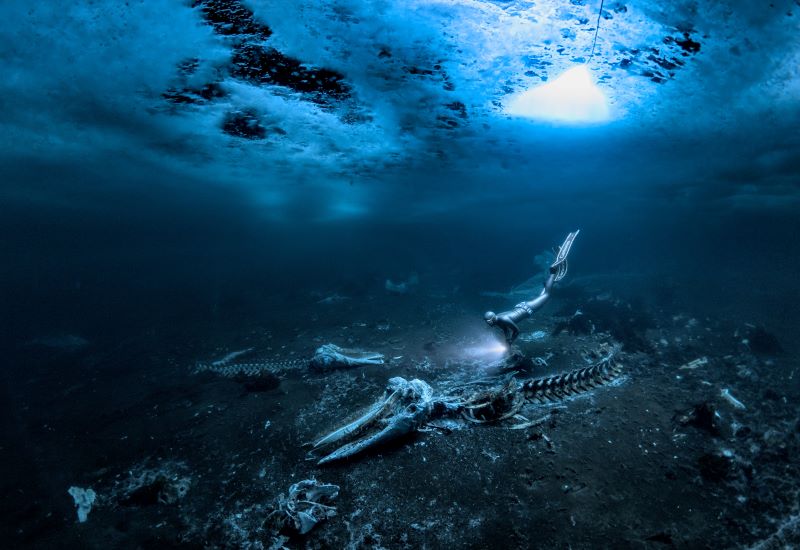
An emotive photograph showing a freediver examining the aftermath of whaling sees
Alex Dawson from Sweden named Underwater Photographer of the Year 2024. Dawson’s
photograph ‘Whale Bones’ triumphed over 6500 underwater pictures entered by underwater
photographers from around the world.
“Whale Bones was photographed in the toughest conditions,” explains chair of judging
panel Alex Mustard, “as a breath-hold diver descends below the Greenland ice sheet to bear
witness to the carcasses. The composition invites us to consider our impact on the great
creatures of this planet. Since the rise of humans, wild animals have declined by 85%. Today,
just 4% of mammals are wildlife, the remaining 96% are humans and our livestock. Our way
needs to change to find a balance with nature.”
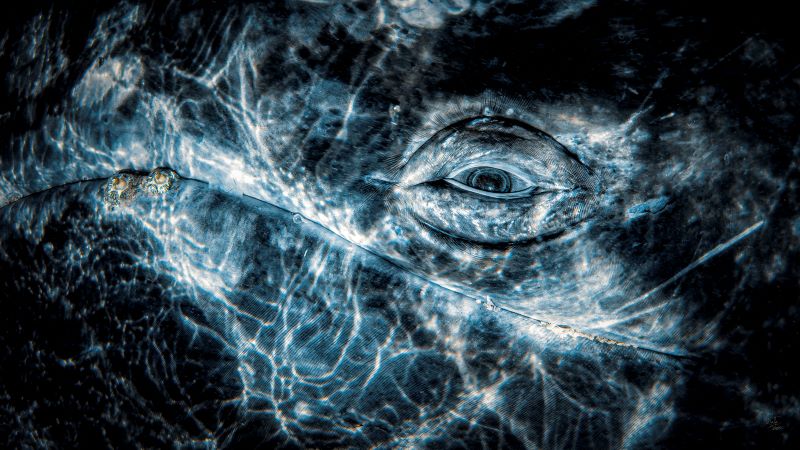
Photo: Rafael
Fernandez Caballero
Whales dominated the winning pictures this year with Spanish photographer Rafael
Fernandez Caballero winning two categories with his revealing photos of these ocean giants:
a close up of a grey whale’s eye and an action shot of a Bryde’s whale engulfing an entire bait
ball, both taken in Magdalena Bay, Baja California, Mexico. Fernandez Caballero took ‘Grey
Whale Connection’ while drifting in a small boat, holding his camera over the side in the water
to photograph the curious whale. ‘The End Of A Baitball’ required Fernandez Caballero to dive
down and be in exactly the right place at the moment the whale lunged. “The photo shows
the high speed attack,” he said, “with the whale engulfing hundreds of kilograms of sardines
in one bite — simply unforgettable to see predation on such a scale.”
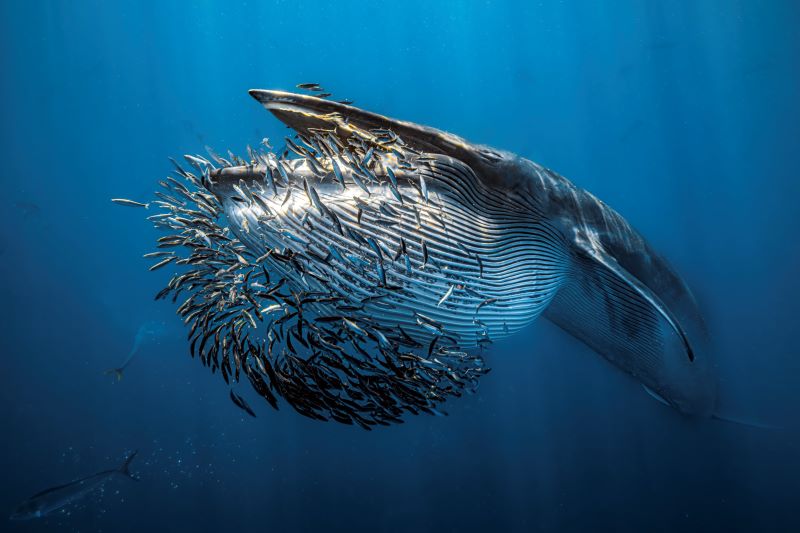
Photo: Rafael
Fernandez Caballero
Lisa Stengel from the United States was named Up & Coming Underwater Photographer of the Year 2024 for her image of a mahi-mahi catching a sardine, in Mexico. Stengel used both a very fast shutter speed and her hearing to catch the moment. “If you listen there’s an enormous amount of sound in the ocean,” she explained. “The action was too fast to see, so I honed in on the sound of the attacks with my camera to capture this special moment.”
“It is such an exciting time in underwater photography because photographers are capturing such amazing new images, by visiting new locations and using the latest cameras,”
commented judge Alex Mustard. “Until this year I’d hardly ever see a photo of a mahi mahi,
now Lisa has photographed one hunting, action that plays out in the blink of an eye.”
The Underwater Photographer of the Year contest is based in the UK, and Jenny Stock,
was named as British Underwater Photographer of the Year 2024 for her image “Star
Attraction”, which finds beauty in species of British wildlife that are often overlooked.
Exploring the west coast of Scotland, Stock explained “in the dark green depths my torch
picked out the vivid colours of a living carpet of thousands of brittle stars, each with a
different pattern. I was happily snapping away, when I spotted this purple sea urchin and I
got really excited.”
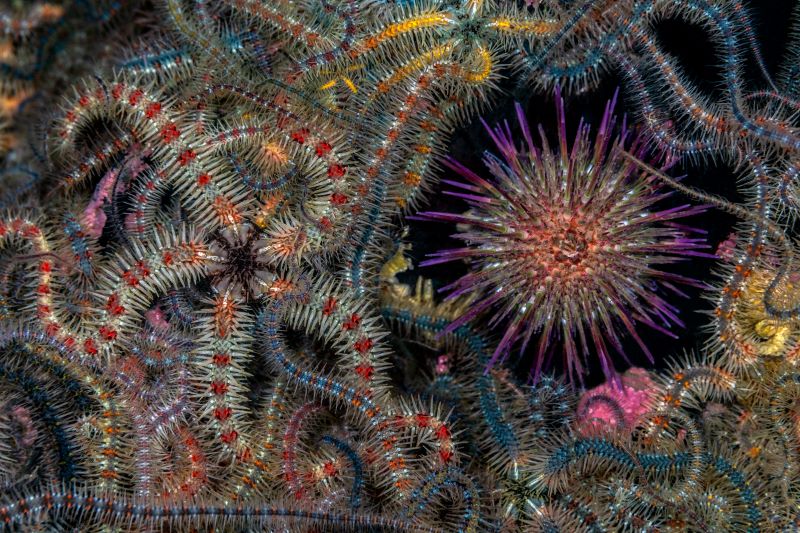
Photo: Jenny Stock
In the same contest, Portuguese photographer, Nuno Sá, was named ‘Save Our Seas
Foundation’ Marine Conservation Photographer of the Year 2024, with his photo ‘Saving
Goliath’, taken in Portugal. Sá’s photo shows beachgoers trying to save a stranded sperm
whale. The picture gives us hope that people do care and want to help the oceans, but also
warns us that bigger changes are needed. “The whale had been struck by a ship and its fate
was sealed,” explains Sá. “An estimated 20,000 whales are killed every year, and many more
injured, after being struck by ships-and few people even realise that it happens.”
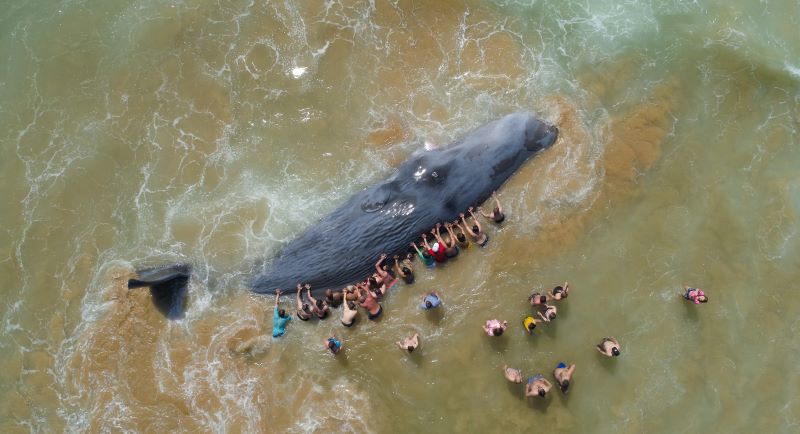
Photo: Nuno Sá
More winning images can be found at www.underwaterphotographeroftheyear.com.
About Underwater Photographer of the Year
Underwater Photographer of the Year is an annual competition, based in the UK, that celebrates photography beneath the surface of the ocean, lakes, rivers and even swimming pools, and attracts entries from all around the world. The contest has 13 categories, testing photographers with themes such as Macro, Wide Angle, Behaviour and Wreck photography, as well as four categories for photos taken specifically in British waters. The winners were announced in an award ceremony in Mayfair, London, hosted by The Crown Estate. This year’s UPY judges were experienced underwater photographers Peter Rowlands, Tobias Friedrich and Dr Alexander Mustard MBE.
Header image: Underwater Photographer of the Year 2024 winner Alex Dawson
News
World’s Best Underwater Photographers Unveil Breathtaking Images at World Shootout 2023
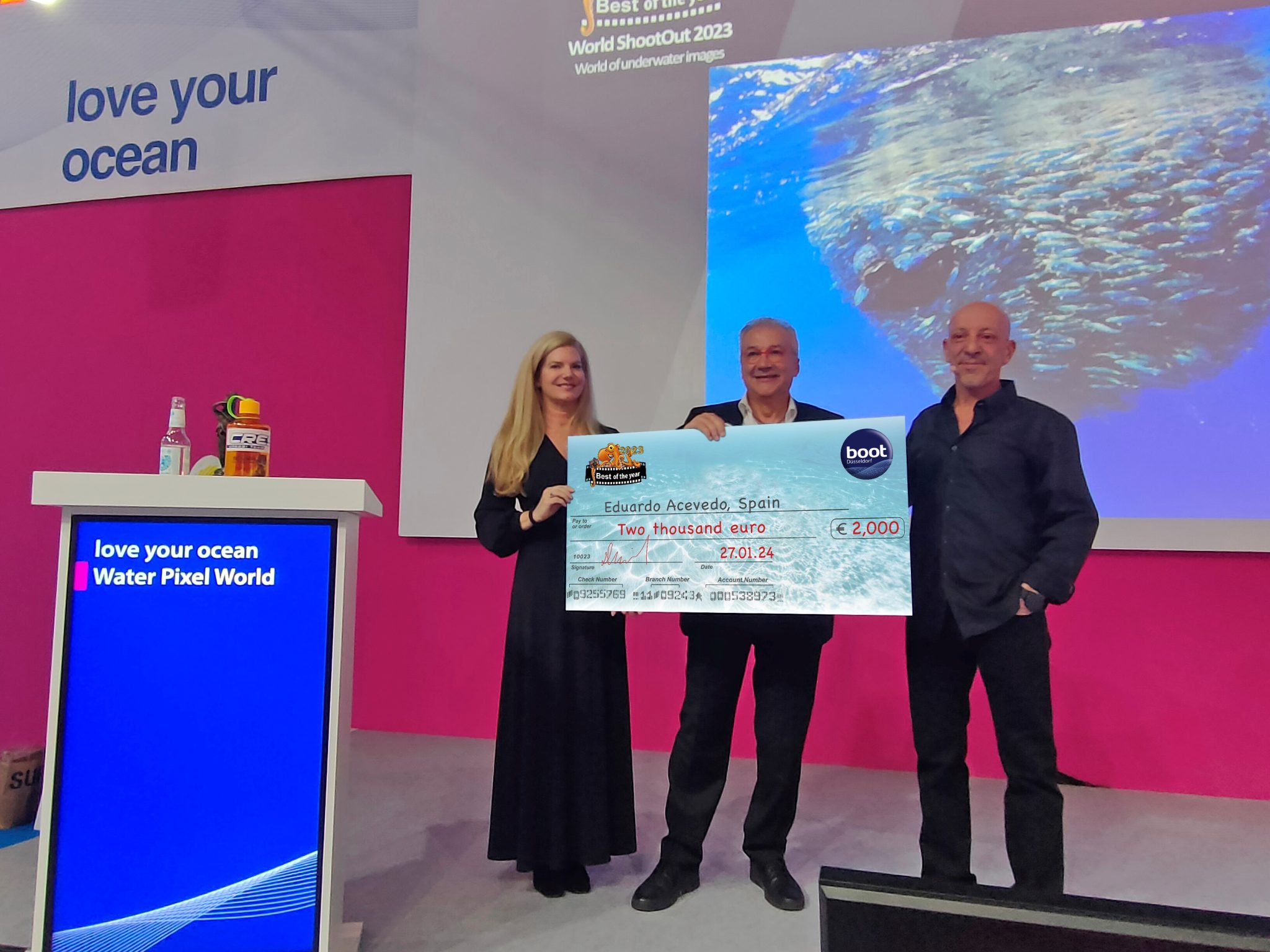
The winners of the prestigious World Shootout 2023 underwater photography competition were announced at this year’s BOOT Show, captivating audiences at the world’s largest diving and water sports exhibition in Dusseldorf, Germany. Hundreds of photographers from 54 countries competed across nine categories, pushing the boundaries of creativity and technical skill.
Grand Prize Winners
- Picture of the Year: Spanish photographer Eduardo Acevedo “secured” the top Honor with the prestigious prize the “boot Dusseldorf Director’s Prize, earning an Andromeda statuette and a €2,000 cash prize.
- Best 5 Images Portfolio: Luc Rooman from Belgium triumphed in this category, winning a dream 4-week diving trip for two to Papua New Guinea, valued at $18,900.
- Amateur Photographer: Alexandra Ceurvorst from the USA impressed the judges with her talent, taking home the 1,000 € cash prize award.
Celebrating Diversity and Innovation
This year’s competition saw 11,680 entries from 964 photographers, showcasing a remarkable spectrum of skills and perspectives. From the intricate wonders of Macro photography to the beauty of “Black Water”, the “Underwater Fashion” category added a touch of artistry and innovation, while the ever-important ” Environmental & Conservation” category served as a powerful reminder of the need to protect these fragile ecosystems.
Looking Ahead: AI and Ocean Conservation
World Shootout founder and producer David Pilosof unveiled an exciting addition for the 2024 competition: this year the Environmental category will be focusing on the impact of plastic on our oceans and future.
This category will embrace the potential of AI or other editing software as a tool to amplify the conservation message.
Entrants will submit campaigns of three original underwater photographs dealing with plastic pollution, along with their final AI assistance processing. This innovative approach encourages artistic expression while raising awareness about a critical environmental issue.
Explore the Stunning Collection
Discover the complete album of competition entries by clicking here.
For Low-resolution photos of finalist entries in eight categories, click here.
-

 News3 months ago
News3 months agoHone your underwater photography skills with Alphamarine Photography at Red Sea Diving Safari in March
-

 News3 months ago
News3 months agoCapturing Critters in Lembeh Underwater Photography Workshop 2024: Event Roundup
-

 Marine Life & Conservation Blogs2 months ago
Marine Life & Conservation Blogs2 months agoCreature Feature: Swell Sharks
-

 Blogs2 months ago
Blogs2 months agoMurex Resorts: Passport to Paradise!
-

 Blogs2 months ago
Blogs2 months agoDiver Discovering Whale Skeletons Beneath Ice Judged World’s Best Underwater Photograph
-

 Gear Reviews3 months ago
Gear Reviews3 months agoGear Review: Oceanic+ Dive Housing for iPhone
-

 Marine Life & Conservation2 months ago
Marine Life & Conservation2 months agoSave the Manatee Club launches brand new webcams at Silver Springs State Park, Florida
-

 News3 months ago
News3 months agoWorld’s Best Underwater Photographers Unveil Breathtaking Images at World Shootout 2023


